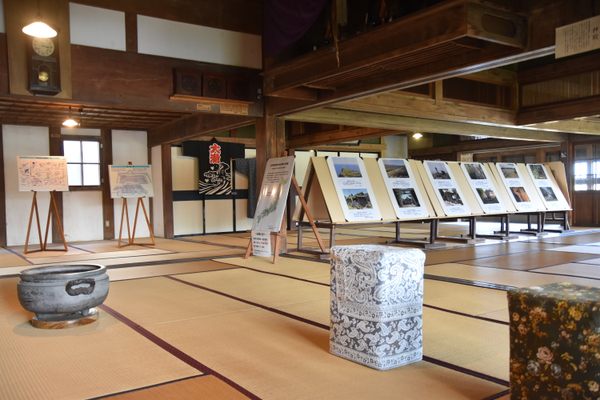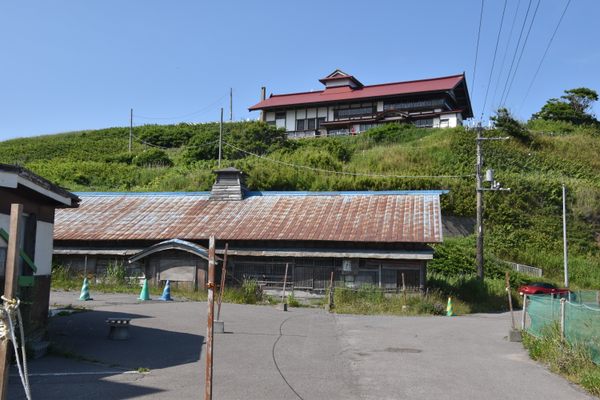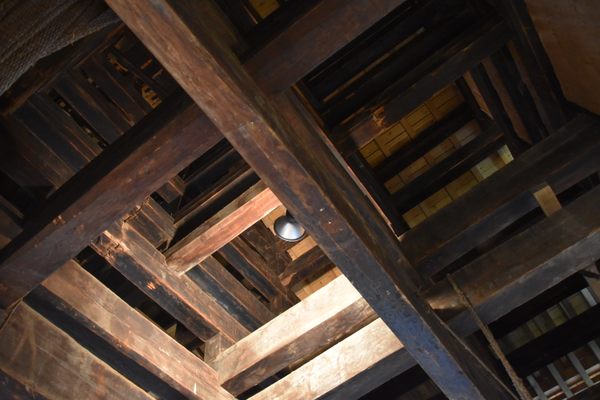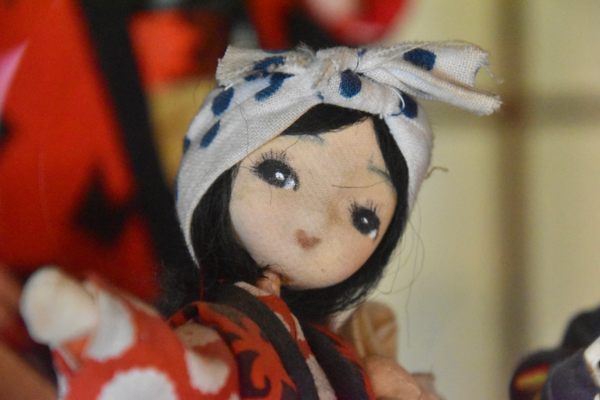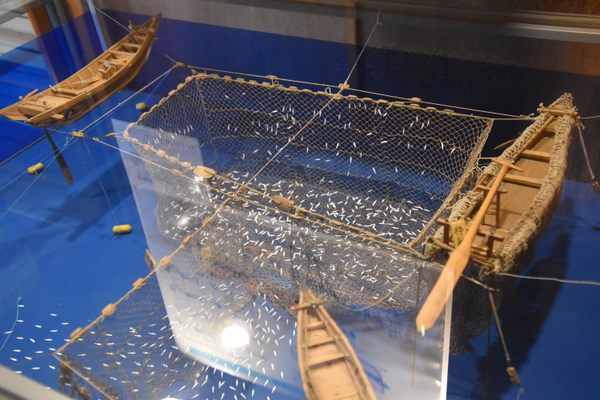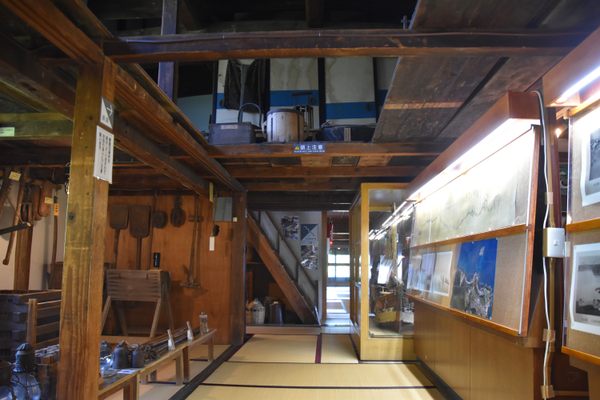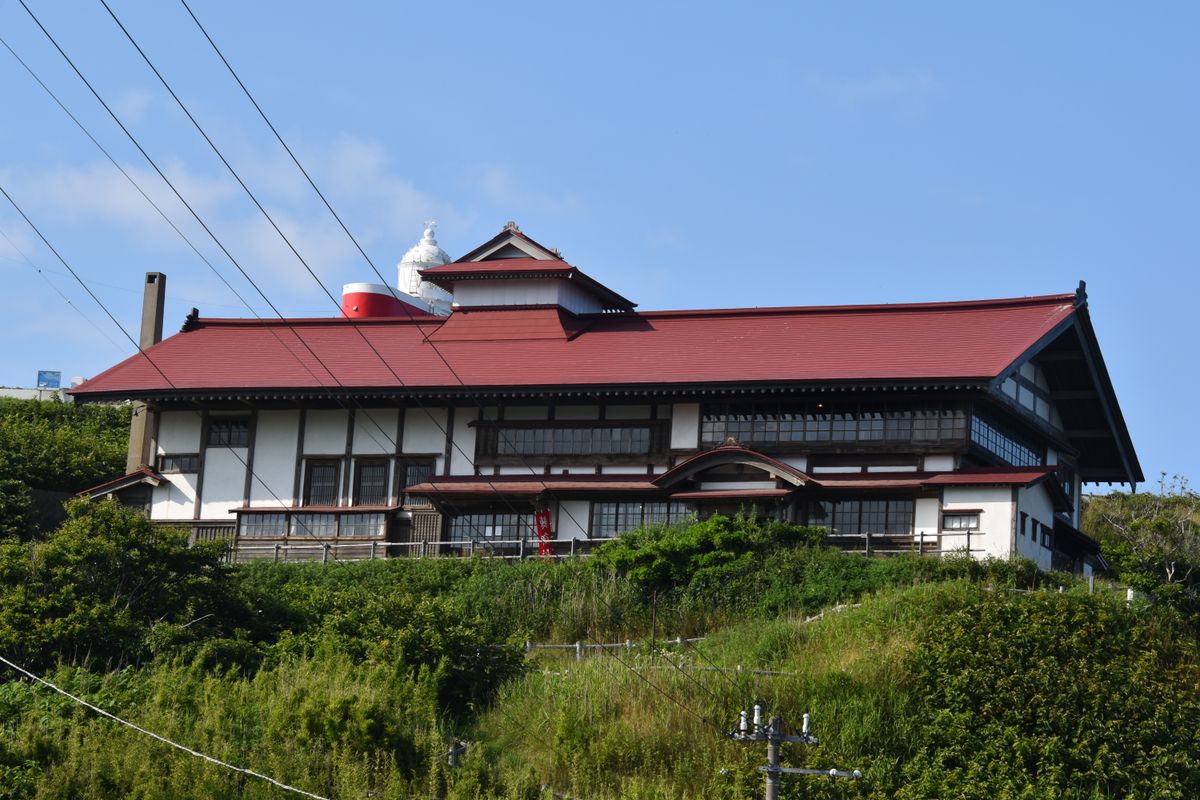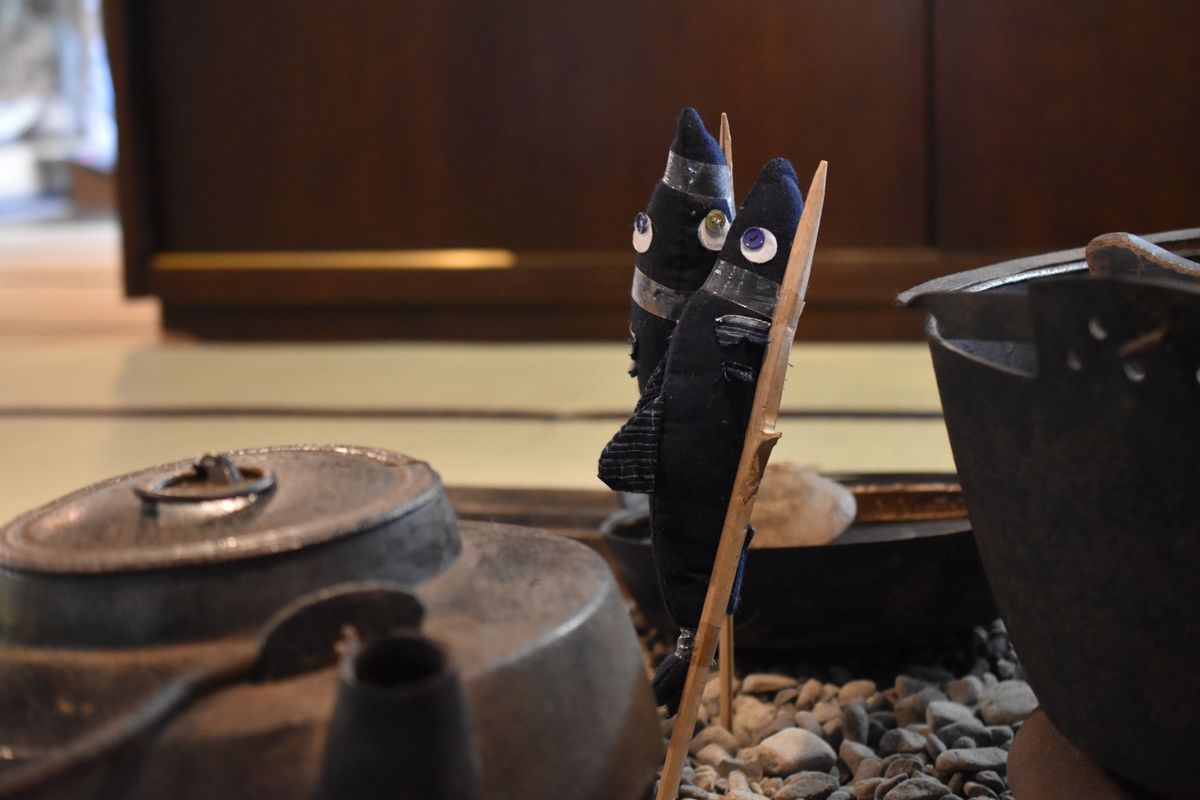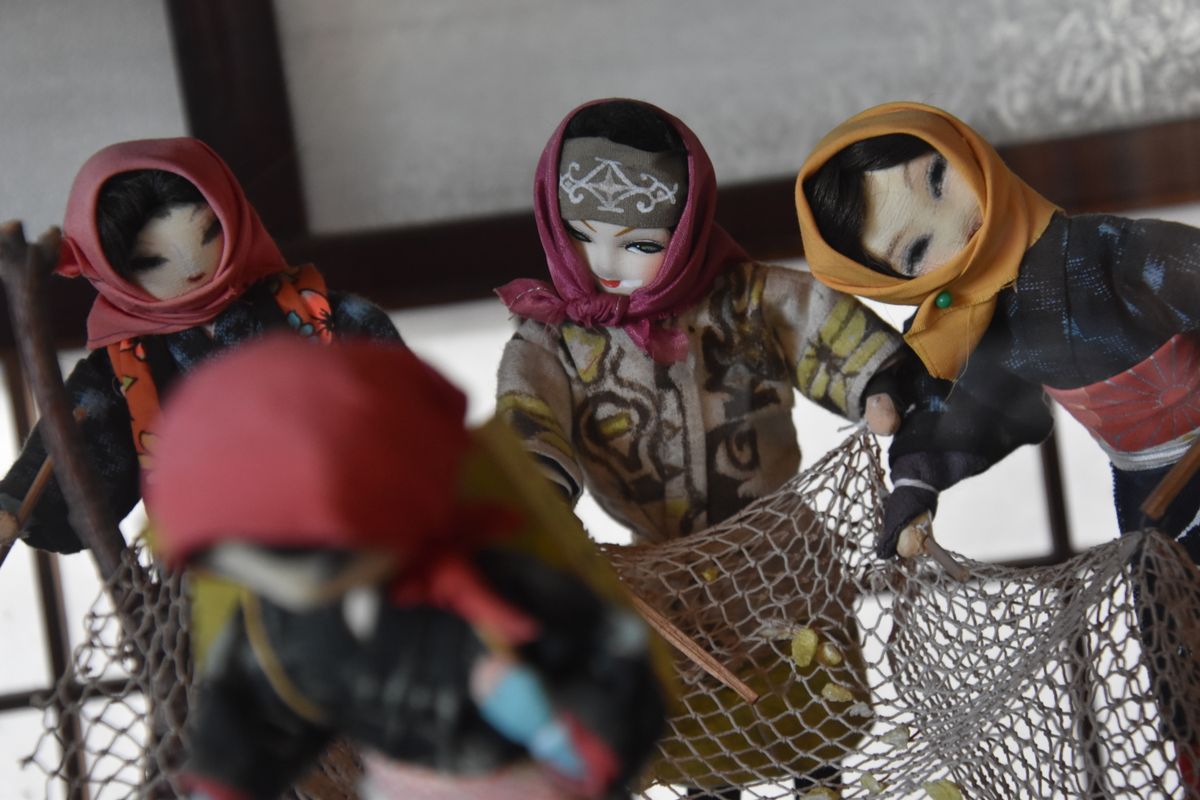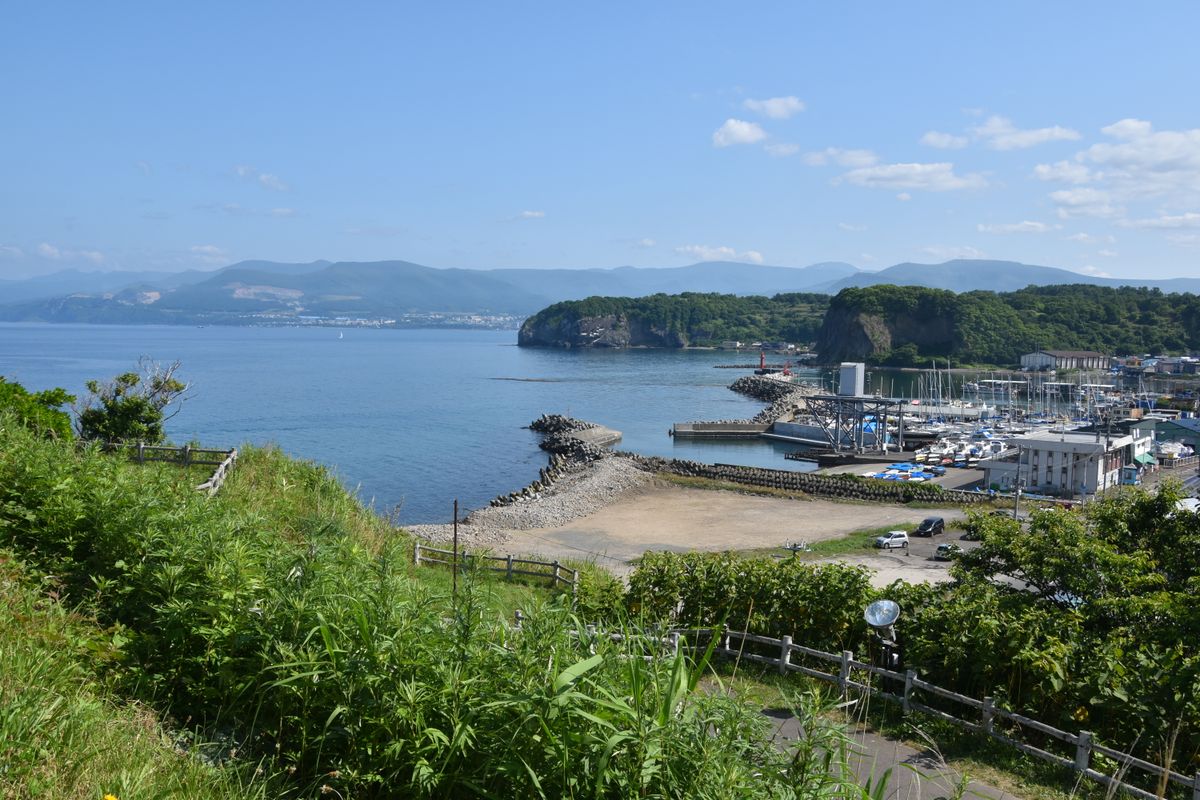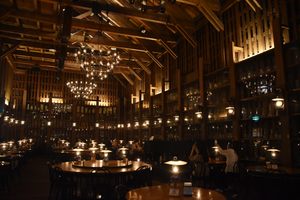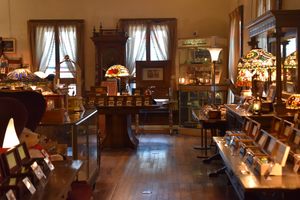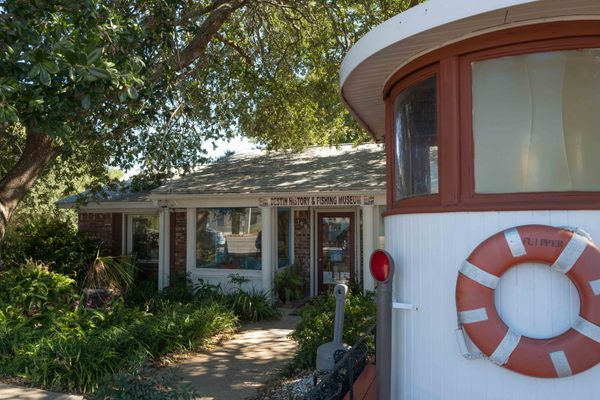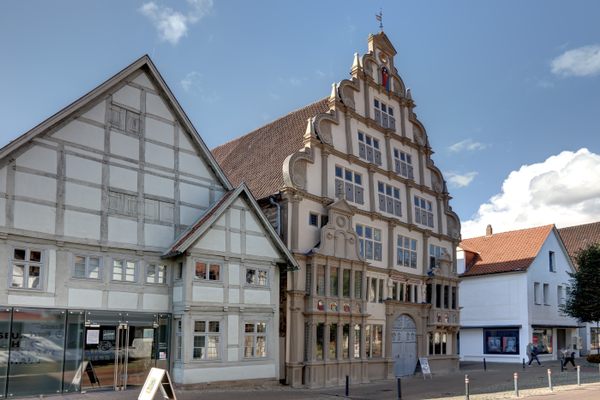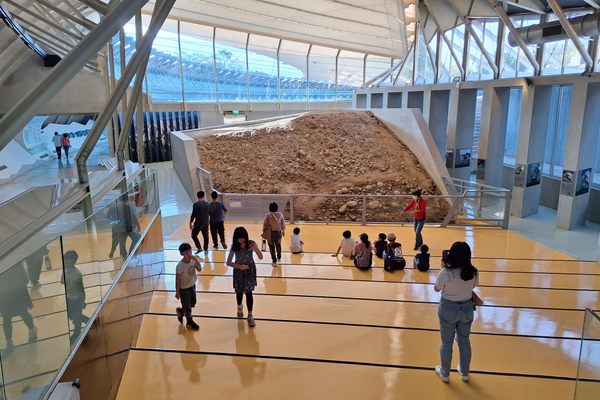About
Otaru was known for its herring fisheries during the last half of the 19th century. Its golden year was 1897, when it scored a record total of a near-million ton of herrings—accounting for six-tenths of that year's national catch.
Like a gold rush, the abundance of fish attracted opportunity-seekers and drove them out to sea. Collectively referred to as yan-shū in the north, these fishermen were known for their rough nature and their sea shanty called Sōran Bushi, which continues to be remembered as one of Japan's most iconic folk songs.
In Otaru, the yan-shū lodged in dormitories at massive mansions called Nishin-Goten. Built by the nouveau riche who had made their fortunes from huge catches of herrings, these wooden "herring palaces" typically stood on the hilltop by the seaside so that any shoal of herrings was not missed.
Few herring palaces have survived over the years, but few of those standing today are herring palaces, technically speaking. A majority of them are either banya, smaller-scale lodges for the herring fishermen, or villas built by the fishery bosses for themselves.
Standing on a hilltop along the Ishikari Bay coastline is the Otaru Herring Palace, the "real" Nishin-Goten completed in 1897. Initially built in Shakotan, it was moved to its current location in 1958 and is now managed by the Otaru Aquarium as a historic monument and museum.
On display are mainly fishermen’s equipment and old photographs, as well as scenes from Otaru’s fishery past re-enacted by dolls and in dioramas. Still, the main exhibit is the building itself. The lodging area, the spacious hall, and the wooden beams, all hearken back to the heyday of Otaru's herring era. Visitors can also feel the past in fishermen's clothes that can be worn for free.
Related Tags
Know Before You Go
The Herring Palace is open every day from 9 am to 5 pm, but closed during the winter months (typically from late November to early April). Admission is 300 yen for adults.
To get here, take the Line 10 or 11 bus from Otaru Station and remain on board until its final stop: Otaru Aquarium.
Hidden Japan: Sado Island, Nara & Kyoto
Explore a different side of Japan.
Book NowCommunity Contributors
Added By
Published
September 7, 2023

